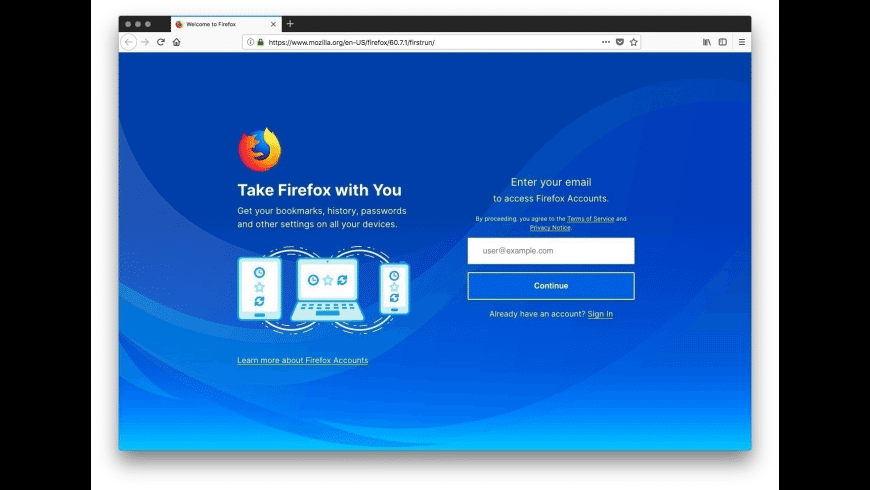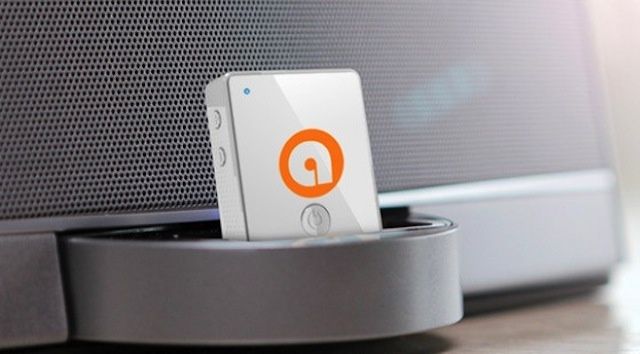Nothing is more annoying than a laggy and slow mouse, especially when you are in a mood to get some serious work done. You will find below the steps to troubleshoot and fix unresposive, slow or laggy mouse on Mac.
Your device isn't recognized by your Mac. Follow these steps if your mouse, keyboard, or trackpad. Get Magic Keyboards, trackpads and mice for Mac. Shop sensor switches and keyboard cases for your Mac. Buy online with fast, free shipping. Logitech Pebble Wireless Mouse, Bluetooth Or 2.4 GHz with USB Mini-Receiver, Silent, Slim Computer Mouse with Quiet Click for Laptop/Notebook/PC/Mac - Eucalyptus 4.8 out of 5 stars 3,975 £19.99 £ 19.
Fix Laggy or Slow Mouse on Mac
The issue of a laggy or slow mouse on Mac could be due to a variety of reasons, ranging from weak batteries, faulty mouse and incorrect settings to software related issues.
Hence, we are listing below a number of ways to fix laggy or slow mouse on Mac, starting with the simplest methods, before moving on to more complex solutions.
1. Examine Mouse and Mouse Pad
Take a good look at the back of your Mouse and make sure that the laser opening is not being blocked by dirt/debris.
Also, clean the Mouse Pad and see if it needs to be replaced (Worn out, Dirty).
Bluetooth Mouse
2. Replace Batteries
A common reason for laggy or slow Mouse on Mac is due to the Batteries losing their power and becoming weak.
To confirm, replace the battery on your Mouse with a New battery and see if it helps in fixing the problem.
3. Restart Mac
Sometimes, the problem is due to stuck programs or processes interfering with the functioning of Mouse on your Mac.
Firefox 52.0.1.dmg Mozilla Firefox for Mac is a fast, full-featured Web browser. The app includes pop-up blocking, tab-browsing, integrated Google, Yahoo and Bing search, simplified privacy controls, a streamlined browser window that shows you more of the page than any other browser and a number of additional features that work with you to. 
Click on the Apple Logo in top-menu bar and select Restart option in the dropdown menu.
Wait for your Mac to completely Shut Down > Wait for another 30 seconds and Restart your Mac.
4. Unplug USB Connected Devices
Sometimes, interference from USB 3.0 devices can prevent Mouse and Keyboard from functioning properly.
Remove all the USB connected devices from your Mac (except Mouse & Keyboard), restart your Mac and see if this improves the performance of your Mouse.
5. Change USB Port
Another common reason is due to the USB Port on your Mac not playing well with the Mouse due to some technical glitch.
To rule out this possibility, plug the Mouse into another USB Port and see if it starts working better.
If you are using a USB Hub, remove the Mouse from USB Hub and plug it directly into the USB Port of Mac.
6. Disable Handoff Feature
Some users have reported fixing the problem by disabling the Handoff feature on Mac.
Click on Apple icon in top-menu bar and select System Preferences… in the dropdown menu.
On System Preferences screen, click on General and uncheck Allow handoff between this Mac and your iCloud devices option.
7. Disable Bluetooth
Sometimes the problem of a laggy or slow mouse is due to interference from other Bluetooth devices that are close to your Mac.
Click on Bluetooth icon located at the top-right corner and Turn OFF Bluetooth.
After disabling Bluetooth, disconnect the Mouse from your Mac > Wait for 30 seconds and connect the Mouse back to your Mac.
If it is a plug-and-play mouse, it should work without Bluetooth. You can enable Bluetooth Back on your Mac, after the Mouse starts working properly.
8. Adjust Tracking & Scrolling Speed
If you find that the cursor is dragging or moving slowly, it is likely that the tracking speed of mouse has been set to a low value.
Click on Apple icon in top-menu bar and select System Preferences… in the dropdown menu.
On System Preferences screen, click on the Mouse icon > on the next screen, adjust Tracking and Scrolling Speed by moving the slider to right.
The change takes effect immediately, start using your Mouse and see if it feels faster than it was before.
9. Is Your Mouse Defective?
Plug another Wireless/Bluetooth Mouse into your Mac and see if the New Mouse works perfectly fine on your Mac.
Now, plug the Slow Mouse into another computer (Windows PC) and see if it is working. If the Mouse is not working on another computer, it confirms that the Mouse is defective.
If you recently bought the mouse, return or exchange it as soon as possible.
10. Reset NVRAM

NVRAM which stands for Non-Volatile Random-Access Memory stores the settings of external devices connected to Mac.
It is quite possible that the reason for Laggy or Slow Mouse on your Mac is due to its corrupted NVRAM.
You can Reset NVRAM on your Mac by using steps as provided in this guide: How to Reset NVRAM or PRAM on Mac
Image Source – Apple.com
Apple Magic Mouse 2, Magic Keyboard, Magic Keyboard with Numeric Keypad, and Magic Trackpad 2 work wirelessly with your Mac via Bluetooth when they're paired and turned on.
If your devices came with a new iMac, they're already paired with the computer. Just turn them on when you first turn on your Mac. To make sure that your device is turned on, check its power switch. If green is visible, the device is on.
Where is 1password app data folder on mac os x. If you bought your devices separately — or if they've become unpaired from your Mac — follow the steps below to pair them.
How to set up current Apple wireless devices
Follow these steps to set up your Magic Mouse 2, Magic Keyboard, Magic Keyboard with Numeric Keypad, or Magic Trackpad 2:
- Connect a Lightning to USB Cable1 or a USB-C to Lightning Cable to the Lightning port on the device2 and connect the other end of the cable to your Mac.
- Make sure that the device's power switch is in the ON position. (Green is visible under the switch when the device is on.)
- Choose Apple () menu > System Preferences, then click Bluetooth to open the Bluetooth preferences window. When the device pairs with your Mac, it appears in the list of devices.
- Check the Bluetooth preferences window to see your device's charge level. When the device is charged, unplug it for wireless use.
1. If your Bluetooth device came with an iMac, a Lightning to USB cable was also included in the box.
2. Magic Mouse 2 can't be used while connected to the cable.
How to set up earlier Apple wireless devices
If you're not sure which device you have, you can learn how to identify your Apple wireless mouse, keyboard, or trackpad.
Then use a wired mouse or trackpad — or the built-in trackpad if you're using a Mac notebook — and follow these steps to set up your earlier Apple wireless devices (such as the Apple Wireless Keyboard, Magic Mouse, and Magic Trackpad):
Apple Bluetooth Mouse For Macbook Air
- Turn on your device.
- Wait until your device's LED starts blinking, which means that it's in Discoverable Mode. (If the LED is on but not blinking, your device is already paired with another host. To unpair it, choose Apple menu > System Preferences, then click Bluetooth. Hover the pointer over the device you want to remove, then click the button that appears next to the device's name. Turn the device off, then start again at step 1.)
- Choose Apple menu > System Preferences, then click Bluetooth.
- Wait while your Mac searches for your device. When your device appears in Bluetooth preferences, click Pair1.
Apple Mac Mouse
1. Apple Wireless Keyboard requires the passcode that appears on your Mac. Enter the 8-digit passcode on the keyboard, then press Return. Earlier models of Apple Wireless Mouse or Apple Magic Trackpad will connect automatically or show a dialog. If you see a dialog, click Pair or press Return.
Learn more

Comments are closed.